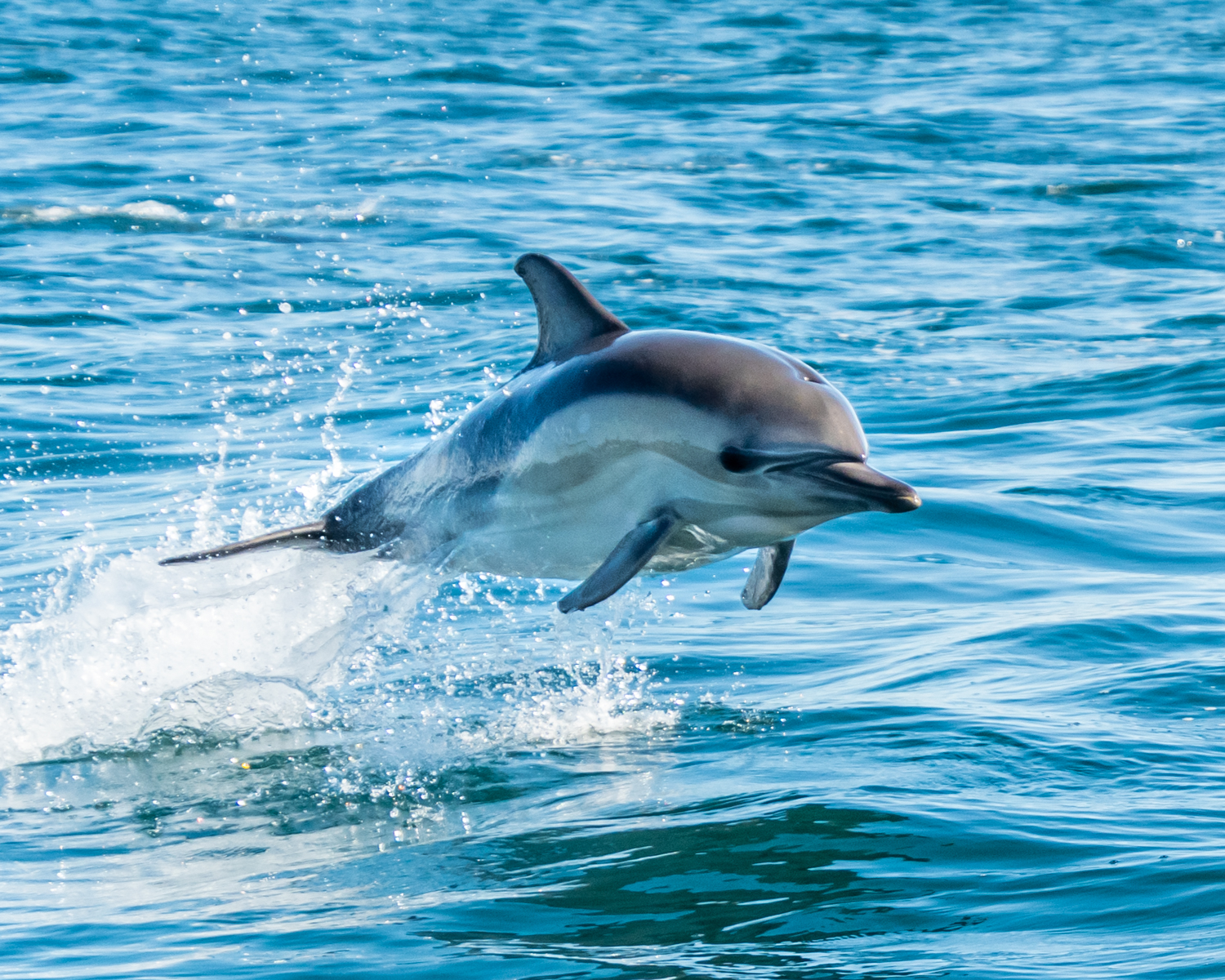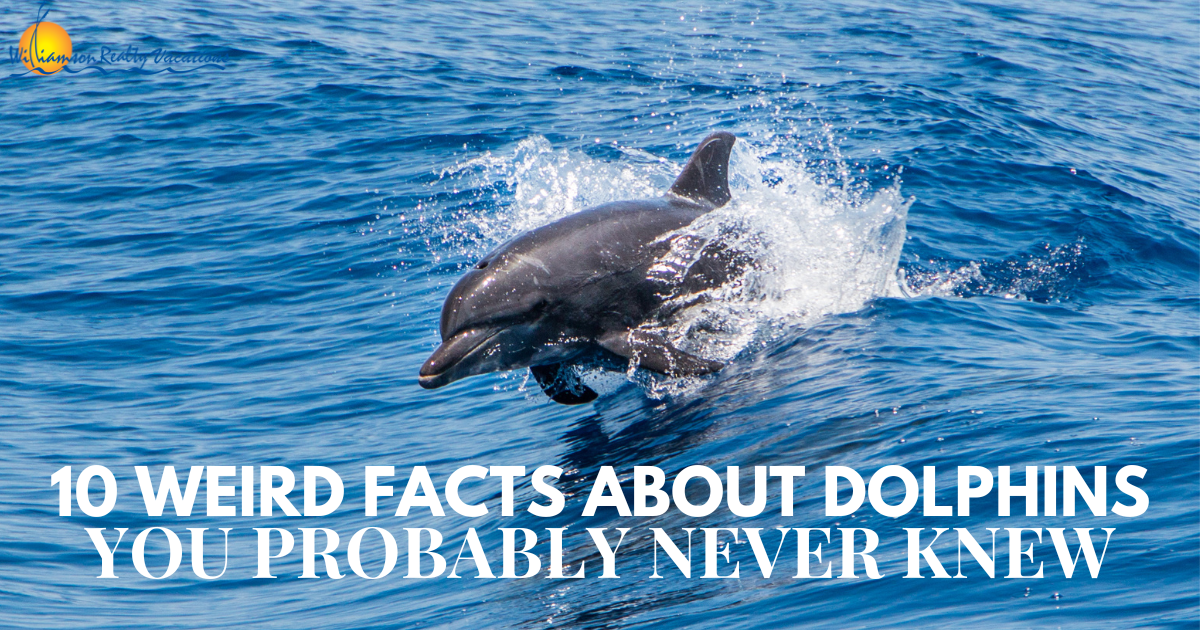Checking Out Outstanding Dolphin Facts for Nature Lovers and Pet Lovers
Checking Out Outstanding Dolphin Facts for Nature Lovers and Pet Lovers
Blog Article
Introduction Dolphin Details: Nature's Intelligent Marine Mammals
Dolphins, frequently concerned as among the ocean's most smart occupants, exhibit a remarkable variety of behaviors and social frameworks that require closer examination. With over 40 distinct varieties, these marine animals not only show remarkable communication abilities and complex social communications but additionally possess innovative cognitive capabilities that test our understanding of non-human intelligence. Dolphin Facts. As we check out the subtleties of their lives, one should take into consideration how these attributes influence their interactions with human beings and the pressing value of preservation. What effects do these understandings hold for our relationship with these amazing creatures?
Dolphin Variety Variety
Dolphins are a diverse group of marine creatures coming from the family members Delphinidae, which encompasses over 40 distinct species. This family includes well-known species such as the common bottlenose dolphin (Tursiops truncatus), the orca or killer whale (Orcinus orca), and the risso's dolphin (Grampus griseus) Each species exhibits unique physical characteristics, behaviors, and adjustments that enable them to thrive in various aquatic settings.
Dolphin varieties differ substantially in dimension, ranging from the little Maui's dolphin (Cephalorhynchus hectori) at roughly 1.2 meters to the orca, which can get to sizes of approximately 9 meters. Their pigmentation likewise varies, with some species presenting striking patterns that aid with camouflage or social signaling. In addition, dolphins live in varied habitats, from coastal regions and tidewaters to the open sea, showcasing their adaptability.
Study into dolphin varieties diversity highlights the ecological relevance of these mammals, as they play critical roles in aquatic ecosystems. Understanding the numerous species is necessary for conservation efforts, as many encounter dangers from habitat air pollution, climate, and loss change, demanding targeted security actions to guarantee their survival.
Social Structures and Actions
The complexity of dolphin varieties is mirrored in their elaborate social frameworks and habits. Dolphins are known for their extremely social nature, frequently creating groups called shucks, which can range from a couple of individuals to over a hundred. These husks are normally composed of household participants, showcasing a matrilineal structure where women play a main function in nurturing and keeping social bonds offspring.

Additionally, some varieties of dolphins, such as whales, demonstrate complex social habits that can include sub-pods or clans with distinct cultural practices. These social structures are important for the survival and well-being of dolphin populations, as they assist in communication, collaboration, and the transmission of knowledge throughout generations. Comprehending these social characteristics is essential for conservation efforts and the protection of their natural environments.
Communication Strategies
Among the numerous approaches of interaction, dolphins utilize a sophisticated selection of communication strategies that facilitate social cohesion and sychronisation within their shells. These strategies incorporate vocalizations, body movement, and echolocation, each serving distinctive functions in their social communications.
Dolphins generate a large variety of clicks, whistles, and pulsed audios, which function as their key singing communication. Each dolphin has an one-of-a-kind trademark whistle, similar to a name, that enables people to recognize one another also in big teams. These vocalizations can share numerous messages, such as alerting others to risk or collaborating group motions throughout searching.
Along with vocalizations, body movement plays an essential duty in dolphin interaction. Dolphin stances, such as leaping, spinning, and even subtle changes in alignment, share psychological states and objectives. Aggressive screens may prevent competitors, while lively habits can enhance social bonds Clicking Here - Dolphin Facts.
Echolocation, an organic sonar system, further help in navigation and hunting. By emitting sound waves and translating the returning echoes, dolphins can locate prey and barriers efficiently, demonstrating their remarkable flexibility in intricate aquatic environments. Jointly, these interaction methods highlight the elaborate social lives of dolphins, highlighting their knowledge in navigating their undersea globe.

Knowledge and Issue Fixing
Recognized for their innovative interaction skills, dolphins also show remarkable knowledge and analytical abilities that even more boost their social interactions. Their cognitive capabilities are confirmed by their capacity to find out complex tasks, understand abstract ideas, and adapt to various ecological challenges. Research has actually revealed that dolphins can address click site detailed puzzles, showing not just their cognitive adaptability but additionally their capability for planning and foresight.
Dolphins often take part in cooperative searching techniques, showcasing their ability to work as a natural device. This team effort requires innovative analytic skills, as they should evaluate their atmosphere, identify possible victim, and coordinate their actions to achieve a common goal. Additionally, dolphins have been observed making use of devices, such as marine sponges, to shield their snouts while foraging on the ocean flooring, additional exhibiting their ingenious analytic capabilities.

Human-Dolphin Communications
Human-dolphin interactions have actually astounded enthusiasts and researchers alike, highlighting the over at this website complicated partnership between these intelligent aquatic mammals and humans. From old times, dolphins have actually been depicted in art and mythology, signifying consistency and intelligence (Dolphin Facts). Modern interactions range from clinical study and conservation efforts to recreational activities like dolphin swimming and seeing with dolphins
Research has demonstrated that dolphins have progressed social frameworks and interaction skills, which facilitate their interactions with people. These encounters usually foster emotional connections, with numerous individuals reporting feelings of happiness and compassion throughout such experiences. It is important to approach these interactions with caution, as human activities can disrupt dolphin behaviors and habitats.
Conservation initiatives progressively focus on promoting responsible interactions, guaranteeing that human interest does not compromise dolphin welfare. Education programs intend to elevate awareness regarding the environmental relevance of dolphins, highlighting the need for sustainable practices. By recognizing the detailed characteristics of human-dolphin interactions, we can foster a respectful conjunction that profits both types and preserves aquatic ecosystems for future generations. Inevitably, these communications serve as a reminder of the extensive links that can exist between humans and the all-natural globe.
Conclusion
In recap, dolphins exemplify exceptional knowledge and adaptability within varied aquatic environments. Continued research study and recognition are important for cultivating a much deeper understanding of dolphins and promoting their welfare in a progressively intimidated ecosystem.
Dolphin types differ significantly in size, ranging from the little Maui's dolphin (Cephalorhynchus hectori) at about 1.2 meters to the whale, which can reach lengths of up to 9 meters. Dolphins show a range of social communications, consisting of brushing and physical call, which serve to reinforce connections and establish pecking orders.
Identified for their innovative interaction abilities, dolphins additionally exhibit amazing intelligence and problem-solving capabilities that additionally boost their social interactions. Modern interactions range from scientific research and conservation efforts to recreational activities like dolphin watching and swimming with dolphins.
Research has shown that dolphins have progressed social frameworks and interaction skills, which facilitate their interactions with humans.
Report this page